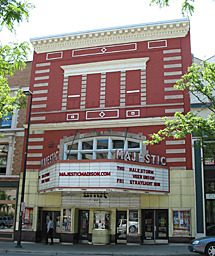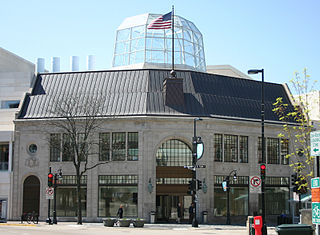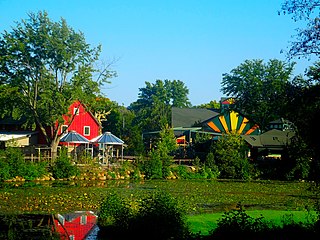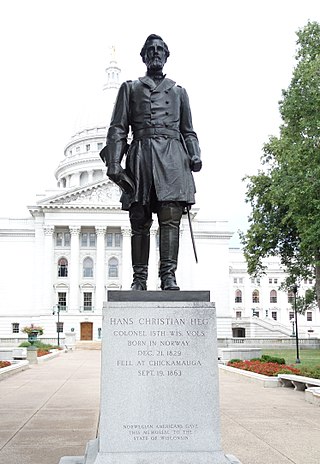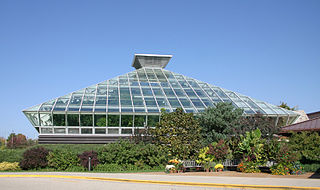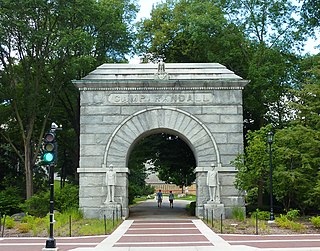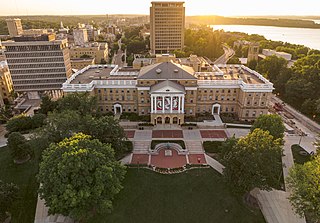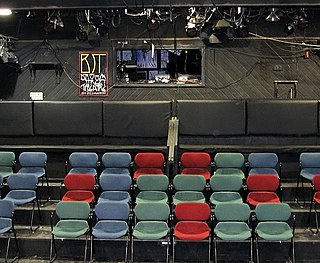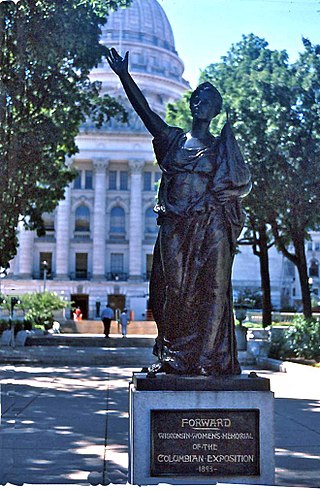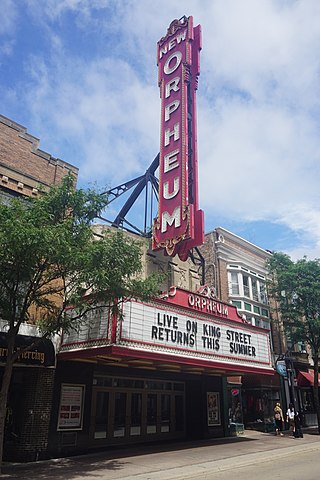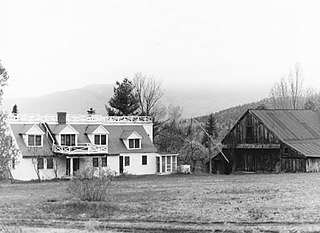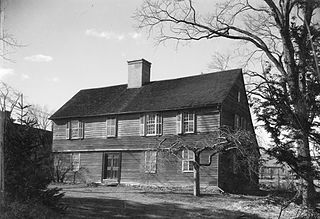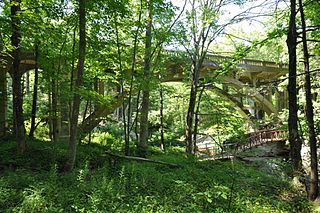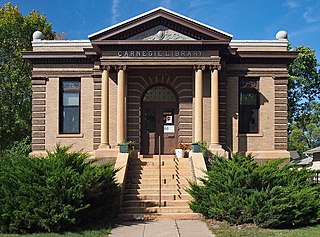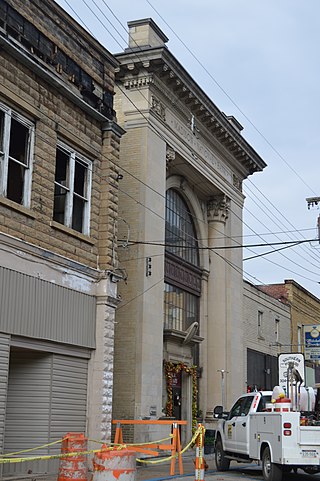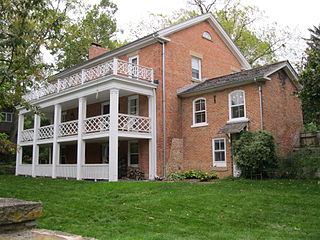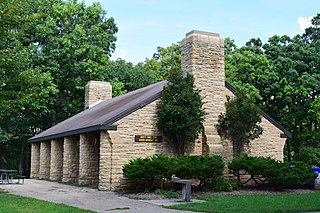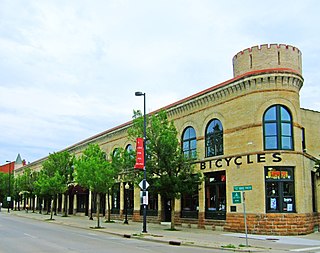23 Sights in Madison, United States (with Map and Images)
Legend
Welcome to your journey through the most beautiful sights in Madison, United States! Whether you want to discover the city's historical treasures or experience its modern highlights, you'll find everything your heart desires here. Be inspired by our selection and plan your unforgettable adventure in Madison. Dive into the diversity of this fascinating city and discover everything it has to offer.
Sightseeing Tours in Madison1. Majestic
The Majestic Theatre is a 600-capacity live music venue in downtown Madison, Wisconsin. Opened in 1906, it is Madison's oldest theater, changing ownership many times and adapting to the many changes in the entertainment business throughout its history. Beginning as a vaudeville theater, it became a movie house by 1912 with occasional live acts, and converted to talking motion pictures by 1930. Today the theater is owned and operated by Matt Gerding and Scott Leslie who acquired the theater in 2007 and made it into a successful music club hosting DJs and live shows several nights a week.
2. Overture Center for the Arts
Overture Center for the Arts is a performing arts center and art gallery in Madison, Wisconsin, United States. The center opened on September 19, 2004, replacing the former Civic Center. In addition to several theaters, the center also houses the Madison Museum of Contemporary Art.
3. Gates of Heaven Synagogue
The Gates of Heaven Synagogue, also known as the Old Synagogue, is a historic synagogue in Madison, Wisconsin, United States, designed by German immigrant architect August Kutzbock and constructed in 1863 for the Gates of Heaven congregation. The congregation that commissioned the synagogue was a group of 17 German-speaking Jewish families that met within the building until financial difficulties obliged them to rent it to numerous tenants from 1879, until finally selling the building in 1916. The synagogue was then sold to a succession of owners, and was at various times a dentist's office, a funeral home, and the office of US Congressman Robert Kastenmeier.
4. Henry Vilas Zoo
Henry Vilas Zoo is a 28-acre (11 ha) public zoo in Madison, Wisconsin, United States, that is accredited by the Association of Zoos and Aquariums (AZA). Owned by Dane County, the zoo receives over 750,000 visitors annually.
5. Hans Christian Heg
Hans Christian Heg is a statue by Paul Fjelde that was cast in 1925 and installed at the Wisconsin State Capitol building in Madison, Wisconsin, United States in 1926. The bronze statue depicting the Union soldier and abolitionist Hans Christian Heg was torn down by rioters, decapitated and thrown into a lake in June 2020. The Wisconsin state government restored and reinstalled the original statue in September 2021.
6. Olbrich Botanical Gardens
Olbrich Botanical Gardens is a 16-acre outdoor botanical garden and 10,000-square-foot conservatory in Madison, Wisconsin. Founded in 1952 and named for its founder, Michael Olbrich, the gardens are owned and operated jointly by the City of Madison Parks and the non-profit Olbrich Botanical Society.
7. Camp Randall Memorial Park
Camp Randall was a United States Army base in Madison, Wisconsin, the largest staging point for Wisconsin troops entering the American Civil War. At this camp fresh volunteers received quick training before heading off to join the Union Army. Also located on the grounds were a hospital and briefly a prisoner-of-war camp for captured Confederate soldiers.
8. Annie C. Stewart Memorial Fountain
The Annie C. Stewart Memorial Fountain is a fountain in Madison, the capital of the U.S. state of Wisconsin. Dedicated to the memory of Annie (Anna) C. Stewart, who engaged in charitable activities in Madison, it was constructed in 1917–1925 and erected in Henry Vilas Park in 1925. The fountain is located south of 625 Wingra Street, near the corner of Wingra Street and Erin Street in Vilas Park. The fountain is adjacent to an eagle effigy mound built by Native Americans overlooking Lake Wingra.
9. Bascom Hill
Bascom Hill is the iconic main quadrangle that forms the historic core of the University of Wisconsin–Madison campus. It is located on the opposite end of State Street from the Wisconsin State Capitol, and is named after John Bascom, former president of the University of Wisconsin.
10. Washburn Observatory
The Washburn Observatory is an astronomical observatory located at 1401 Observatory Drive on the University of Wisconsin–Madison campus in Madison, Wisconsin, United States. Completed in 1881, it was a major research facility for about 50 years. Today, it is home to the UW-Madison College of Letters and Science Honors Program, while the telescope remains in use by students in introductory astronomy courses and the general public during open houses and viewings.
11. Broom Street Theater
Broom Street Theater is an experimental black box theater located in the heart of Madison's isthmus. As one of the oldest and most prolific experimental theater companies in the United States, it has produced over 350 original works. Productions are most frequently written and directed by local playwrights and artists, who are able to realize their vision without censorship of content or presentation. Broom Street Theater is a 501(c)(3) member-run non-profit which currently produces nine to ten plays per year.
12. Forward
Forward is an 1893 bronze statue by American sculptor Jean Pond Miner Coburn depicting an embodiment of Wisconsin's "Forward" motto. The 1996 replica is located at the Wisconsin State Capitol grounds at the top of State Street. The statue often is misidentified with the Wisconsin statue on top of the Capitol dome.
13. UW Geology Museum
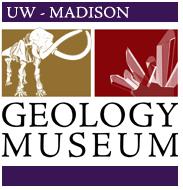
The UW–Madison Geology Museum (UWGM) is a geology and paleontology museum housed in Weeks Hall, in the southwest part of the University of Wisconsin–Madison campus. The museum's main undertakings are exhibits, outreach to the public, and research. It has the second highest attendance of any museum at the University of Wisconsin–Madison, exceeded only by the Chazen Museum of Art. The museum charges no admission.
14. Orpheum Theatre
The Orpheum Theatre is a live performance and musical theater built in the 1920s as a movie palace in downtown Madison, Wisconsin, located one block from the Wisconsin State Capitol. In 2008 the Orpheum was added to the National Register of Historic Places as Madison's best surviving representative of the movie palace era.
Wikipedia: Orpheum Theatre (Madison, Wisconsin) (EN), Website
15. E. E. Cummings House
Joy Farm, also known as the E. E. Cummings House, is a historic farmstead on Joy Farm Road in the Silver Lake part of Madison, New Hampshire. It was designated a National Historic Landmark in 1971 in recognition for its place as the longtime summer home of poet E. E. Cummings (1894–1962).
16. Deacon John Grave House Museum
The Deacon John Grave House, located at 581 Boston Post Road in Madison, Connecticut, is a saltbox house that was built by Deacon John Grave in 1681. The Grave family lived in the house for 300 years. The Deacon John Grave Foundation was formed in 1983 to save the house from demolition, and converted it into a museum.
17. North Branford Road
Bridge No. 1132 is an open-spandrel concrete arch bridge carrying the two-lane Connecticut Route 80 across the Hammonasset River, between Killingworth and Madison, Connecticut. Built in 1934, it is one of a small number of open-spandrel concrete bridges in the state, and was noted for its aesthetics at the time of its construction. It was listed on the National Register of Historic Places in 2004.
18. Madison Public Library
The Madison Carnegie Library or Madison Public Library, located at 401 Sixth Avenue, Madison, in the U.S. state of Minnesota is a public library building built in 1905 of brick with limestone trim. Its characteristic features include a columned and pedimented main entrance and a small polygonal dome on its flat roof. The structure was built with an $8,000 grant from Andrew Carnegie. This was one of over 3,000 libraries in 47 states funded by Carnegie. Local residents gave an additional $1,000 in gifts and books at its dedication on January 22, 1906. Gerhard Herriges, a contractor for public buildings in Western Minnesota, built the building for $6,216.85.
19. Grace Episcopal Church
Grace Episcopal Church is a Gothic Revival-style church started in 1855 on the Capitol Square in Madison, Wisconsin by the oldest congregation in the city. In 1976 the building was added to the National Register of Historic Places.
20. Madison National Bank
Madison National Bank, now known as Boone-Madison Public Library, is a historic bank building located at Madison, Boone County, West Virginia, United States. It was built in 1918, and is a three-story, rectangular, brick building with a symmetrical limestone façade in the Beaux-Arts style. It has a flat roof and parapet. The front facade features a three-story, multi-light, arched window opening flanked on either side by Corinthian order pilasters. The building housed a bank until 1974, when it was donated to the Library Commission.
21. Old Spring Hotel and Tavern
The Old Spring Tavern was built as a stopping place in 1854 on the Madison-Monroe stagecoach road. The city of Madison, Wisconsin has grown around the old Greek Revival-styled building and in 1974 it was added to the National Register of Historic Places.
22. Hoyt Park
Frank W. Hoyt Park is a public park on a drumlin on the west side of Madison, Wisconsin, furnished with rustic stone structures built by public works programs during the Great Depression. In 2018 the park was added to the National Register of Historic Places.
23. Machinery Row
Machinery Row is a long brick commercial block a half mile east of the capitol in Madison, Wisconsin. It was built in stages from about 1898 to 1914 to house businesses that wanted good access to the east-side railroad depots. Many of the businesses housed in the block distributed agricultural implements, hence "Machinery" in the name. In 1982 the block was added to the National Register of Historic Places.
Share
How likely are you to recommend us?
Disclaimer Please be aware of your surroundings and do not enter private property. We are not liable for any damages that occur during the tours.
